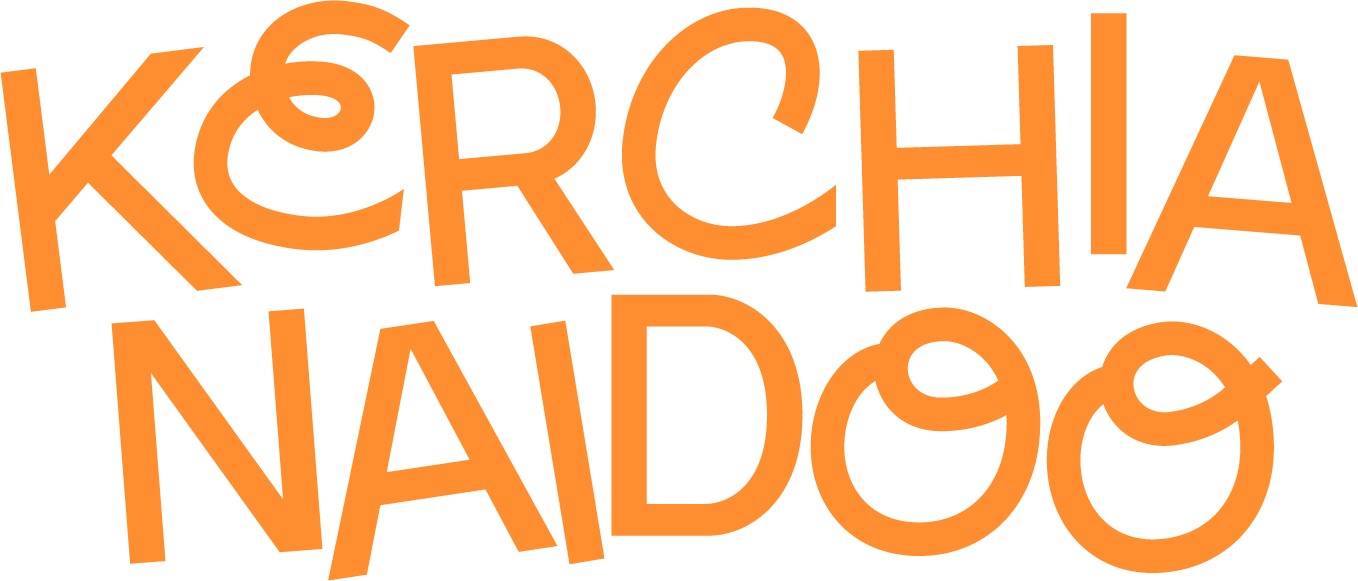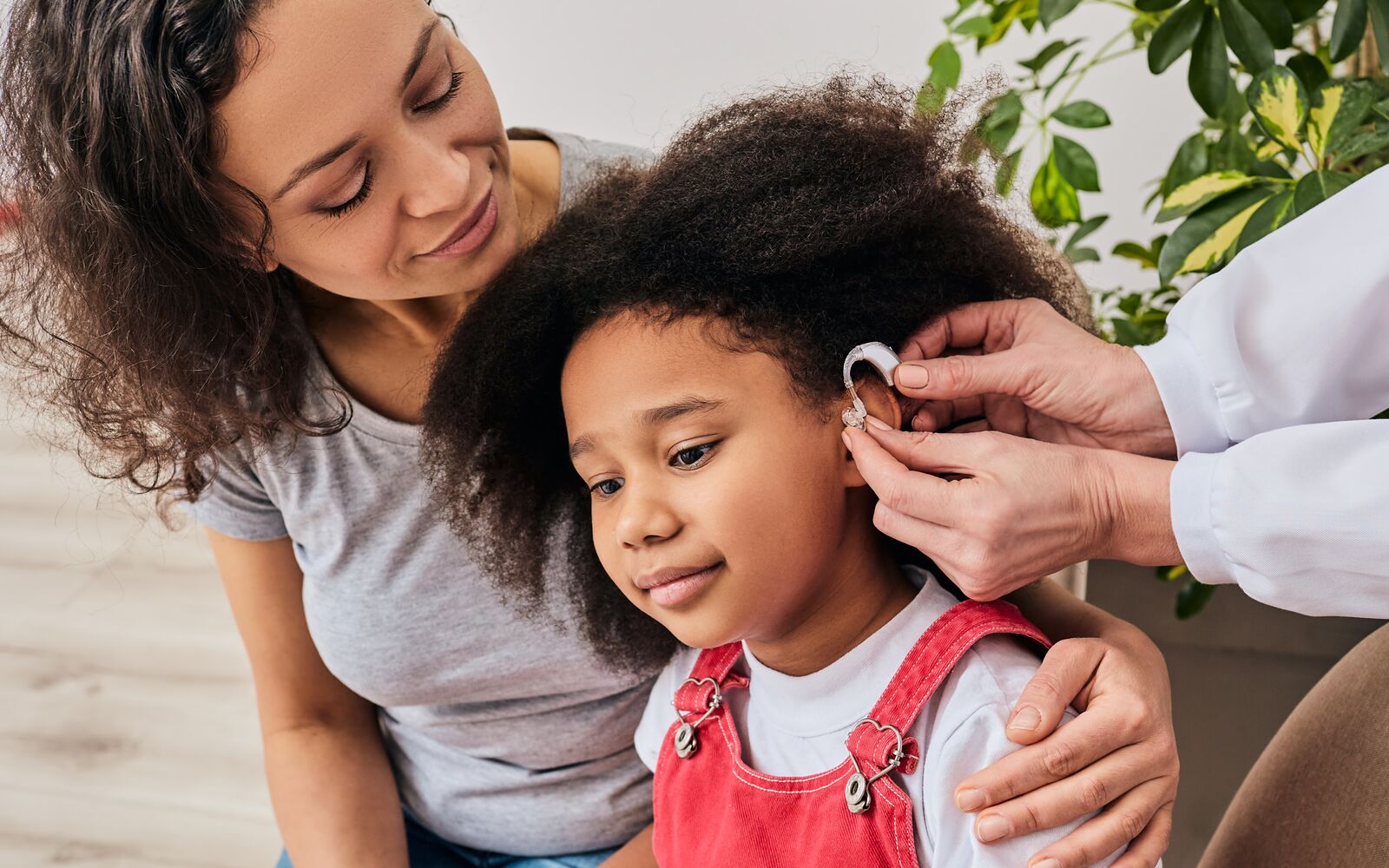In a country as diverse and complex as South Africa, audiology services face unique challenges and opportunities. From urban centers to remote rural areas, the landscape of hearing healthcare varies dramatically across socioeconomic and geographical boundaries. This blog explores the current state of audiology in South Africa, highlighting both obstacles and advancements in the field.
The Current Landscape
South Africa’s healthcare system operates on a two-tier model: a public sector serving approximately 84% of the population and a private sector serving the remaining 16%. This disparity is particularly evident in audiology services, where access to quality hearing healthcare remains heavily influenced by geographical location, socioeconomic status, and resource availability.
According to the South African Speech-Language-Hearing Association (SASLHA), there are approximately 2,500 registered audiologists and speech therapists in the country – a number that falls significantly short of meeting national needs. The World Health Organization recommends a ratio of one audiologist per 20,000 population, while South Africa currently stands at roughly one per 40,000-50,000 people.
Challenges in South African Audiology
1. Access Disparities
Rural and underprivileged communities face substantial barriers to accessing audiology services. Transportation costs, long distances to healthcare facilities, and limited awareness about hearing health contribute to delayed or absent interventions. In some provinces, patients may travel for hours or even days to reach the nearest audiologist.
2. Resource Limitations
Public healthcare facilities often lack essential diagnostic equipment, leading to lengthy waiting lists for basic hearing assessments. A 2023 survey of public hospitals revealed that over 40% had inadequate or outdated audiology equipment, with some facilities sharing a single audiometer among multiple clinics.
3. Hearing Aid Affordability
The cost of hearing aids remains prohibitively expensive for many South Africans. While the public sector provides subsidized devices, budget constraints limit both quantity and technology levels available. Modern hearing aid technology – including rechargeable options and smartphone connectivity – remains largely accessible only to private patients with medical aid coverage or personal financial resources.
4. Healthcare Practitioner Distribution
Urban centers, particularly in Gauteng and the Western Cape, have a significantly higher concentration of audiologists compared to rural provinces like the Eastern Cape, Limpopo, and Northern Cape. This uneven distribution exacerbates access challenges for rural communities.
5. Medical Aid Coverage Limitations
Even for South Africans with medical aid, coverage for audiology services and hearing devices is often limited. Many plans offer minimal benefits for hearing aids (often only every 3-5 years), and some require substantial co-payments that place advanced technology out of reach.
Progress and Innovations
Despite these challenges, South Africa has made remarkable progress in several areas of audiology:
1. Universal Newborn Hearing Screening Initiatives
While not yet implemented nationally, several hospitals and clinics have established successful newborn hearing screening programs. The HI HOPES (Home Intervention for Hearing and Language Opportunities for Preschool Children) program has been particularly effective in supporting early intervention for children identified with hearing loss.
2. Teleaudiology
With South Africa’s expanding mobile network coverage, teleaudiology has emerged as a promising solution for remote areas. Projects utilizing smartphone-based hearing screening applications have been piloted in several provinces, allowing community health workers to perform preliminary screenings and refer only those who require specialized care.
3. Training and Education
South African universities have strengthened their audiology programs, with an increasing focus on contextually relevant practice. Institutions like the University of Cape Town, University of the Witwatersrand, and University of KwaZulu-Natal have developed curricula that address the unique challenges of practicing in resource-limited settings.
4. Community-Based Rehabilitation
Community-based hearing healthcare models have shown promising results. Programs training community health workers in basic hearing screening, ear care, and hearing aid maintenance have expanded the reach of audiology services into previously underserved areas.
5. Policy Development
The National Department of Health has incorporated hearing healthcare into broader healthcare policies, including the Framework and Strategy for Disability and Rehabilitation Services. This recognition at the policy level creates opportunities for improved resource allocation and service development.
The Road Ahead: Future Directions
The future of audiology in South Africa holds both promise and challenge. Several key areas require focus:
1. Strengthening Primary Healthcare Integration
Integrating basic audiology services into primary healthcare settings could significantly improve access. Training nurses and community health workers to perform basic screenings and ear care would create a more effective referral pathway to specialized services.
2. Expanding Teleaudiology
Further development of teleaudiology infrastructure and protocols could revolutionize service delivery in remote areas. This includes remote hearing aid programming, virtual follow-up consultations, and digitalized hearing screening programs.
3. Local Manufacturing and Innovation
Developing locally manufactured, affordable hearing technologies adapted to South African conditions (including durability, battery life, and ease of maintenance) could address both cost and sustainability challenges.
4. Preventive Programs
Greater emphasis on hearing loss prevention through public education about noise exposure, ototoxic medications, and ear infection management could reduce the incidence of preventable hearing impairments.
5. Research and Epidemiology
More comprehensive data on hearing loss prevalence and distribution in South Africa would enable better resource allocation and program planning. Currently, epidemiological data on hearing impairment remains limited.
Conclusion
Audiology in South Africa stands at a crossroads of challenge and opportunity. While significant barriers to equitable hearing healthcare persist, innovative approaches and growing recognition of hearing health’s importance offer paths forward. The key to progress lies in leveraging technology, strengthening training programs, advocating for policy support, and developing contextually appropriate solutions that address South Africa’s unique circumstances.
For South Africans experiencing hearing difficulties, the message is clear: early intervention is crucial. Despite access challenges, seeking assessment and support for hearing concerns can dramatically improve quality of life and prevent further deterioration. As the field continues to evolve, the goal remains ensuring that quality hearing healthcare becomes accessible to all South Africans, regardless of geographical location or economic status.
By addressing these challenges collaboratively – through government initiatives, private sector innovation, community involvement, and international partnerships – South Africa can work toward a future where hearing health is recognized as a fundamental right and where quality audiology services reach every corner of this diverse nation.

